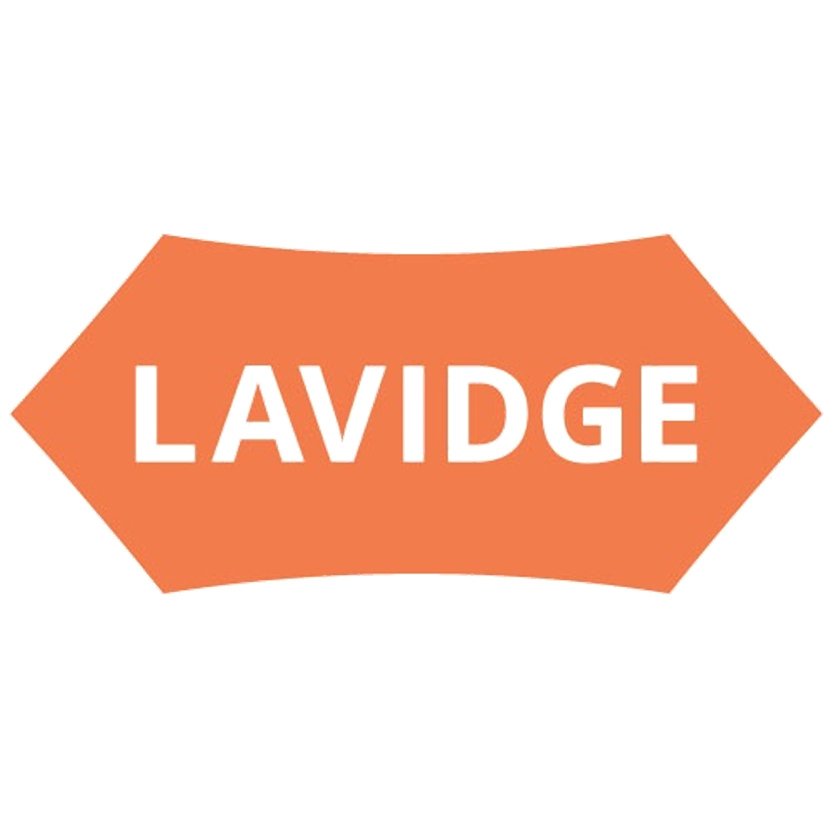4 Things Attitudinal Segmentation Allows You to Do
Sponsored Content
Healthcare marketers who target consumers by age, gender, race, and ethnicity, or income, are potentially over-spending on media and missing a key to unlock both motivation and action.
That’s because our current marketing and advertising ecosystem is built on demographic targeting instead of what consumers think.
For decades, marketers have been limited to media buys such as radio and television ads targeted based on audience age and gender. It’s possible to reserve ads in time slots which attract adults at least 65 years of age, for example, or in programming aimed at women between the ages of 25 and 34.
Who’s to say that the women within either of those groups hold a core set of common beliefs which influence how favorably they will respond to a particular message?
Thanks to attitudinal research, we now know that they don’t.
Marketers who want to stand out can gain a competitive advantage by accessing insights uncovered by our research showing that age, gender, race and ethnicity, and even income are transcended by shared attitudes that have no demographic distinction. These powerful beliefs, if understood and used as the foundation for segmentation and personalization, can transform any brand.
Here are the top four things attitudinal segmentation makes possible.
Reach the right customer, with the right message, at the right time
Of course, every marketer knows the importance of reaching their target audience with an appealing message at a time when it will motivate them to take action. What isn’t as obvious is the attitudes and beliefs which need to be addressed in these messages and how target audiences break down in terms of holding common beliefs.
That’s where attitudinal segmentation marketing research shines.
LAVIDGE, which serves numerous healthcare industry clients, conducted a nationwide survey in early 2020 and amended in May 2020, to learn the attitudes of healthcare consumers and define segments that share those attitudes—pre-pandemic and during the ongoing COVID-19 situation.
The “LAVIDGE Healthcare Industry Marketing Report” revealed four distinct attitudinal segments which bubbled up to the top based on survey responses.
The study uncovered four key healthcare consumer segments:
- Team Players – like and trust their doctors and are confident in the healthcare system.
- Bystanders – are intimated by the healthcare system and healthcare providers.
- Crusaders – feel that everyone should have equal access to quality healthcare.
- Boss – conducts their own healthcare research and challenges their doctors.
In the process, LAVIDGE uncovered six insights tied to how motivating beliefs impact healthcare consumers’ decisions on how they do or don’t interact with healthcare providers.
The segments, combined with the additional insights, have proven to be an invaluable resource for serving the needs of numerous healthcare industry clients, which has grown since LAVIDGE published its findings.
Optimize budgets through better targeting
It’s important to note that LAVIDGE didn’t know going into its study how many segments would bubble up or which attitudes would be most common among respondents who answered a series of thought-provoking questions.
Once the four segments revealed themselves, however, it became clear that all of them exist across all demographic criteria, with slight skews for different segments.
The revelation that shared attitudinal segments do not adhere to demographic criteria turns traditional healthcare marketing targeting strategy on its ear.
LAVIDGE learned that healthcare consumers respond to content that resonates with them emotionally and aligns with their beliefs. This gives healthcare marketers a significant leg up on the competition.
While others are busy crafting messages for audiences with common characteristics (whose core beliefs about healthcare are not necessarily aligned), marketers with attitudinal segmentation insight can launch laser-focused campaigns based on what makes healthcare consumers tick.
Better targeting leads to more efficient budgeting, which makes it possible to get the most out of marketing funds allotted to each campaign.
Improve media efficiencies
Knowing what makes an audience tick can make knowing where to reach them easier.
- What types of media will reach them?
- Do they drive or use public transportation?
- What mix of traditional and new media will be most likely to not only be seen or heard, but to make an impact on them?
While our survey didn’t ask these questions overtly, knowing what healthcare consumers in each attitudinal segment believe about a variety of lifestyle choices makes it possible to choose media with messages aligned with those core beliefs.
And when marketing messages resonate with the intended audiences, improved media efficiency isn’t far behind.
Inform opportunities across the organization from product development to customer service
Marketing isn’t the only department which can benefit from seeing a clearer picture of what motivating beliefs drive the business’s consumers to action.
In fact, the more departments that can be made aware of what will attract and retain patients and clients—as well as what will turn them away—the more effective each organization can be in implementing effective strategies companywide.
After all, being consistent in what is promised all the way from the first touch in a multi-touch marketing campaign to the actual service—and if applicable—clear through to any follow-up satisfaction surveys following service, is a sure way to bake authenticity into your brand.
Meet LAVIDGE: We specialize in discovering and communicating insights which engage, motivate, and inspire. Our clients—in health care, real estate, education, technology, sports marketing, personal care, food service, and other public and private industries—count on us to make a difference. From brand awareness to lead generation and improved sales, to positioning them as thought leaders and enhancing perceptions, it’s what we do. And we’ve been doing it successfully since 1982. Intrigued? Visit LAVIDGE at 2777 E. Camelback Road in Phoenix, Ariz., online at LAVIDGE.com or get social with us on Facebook, Twitter, Instagram and LinkedIn.


